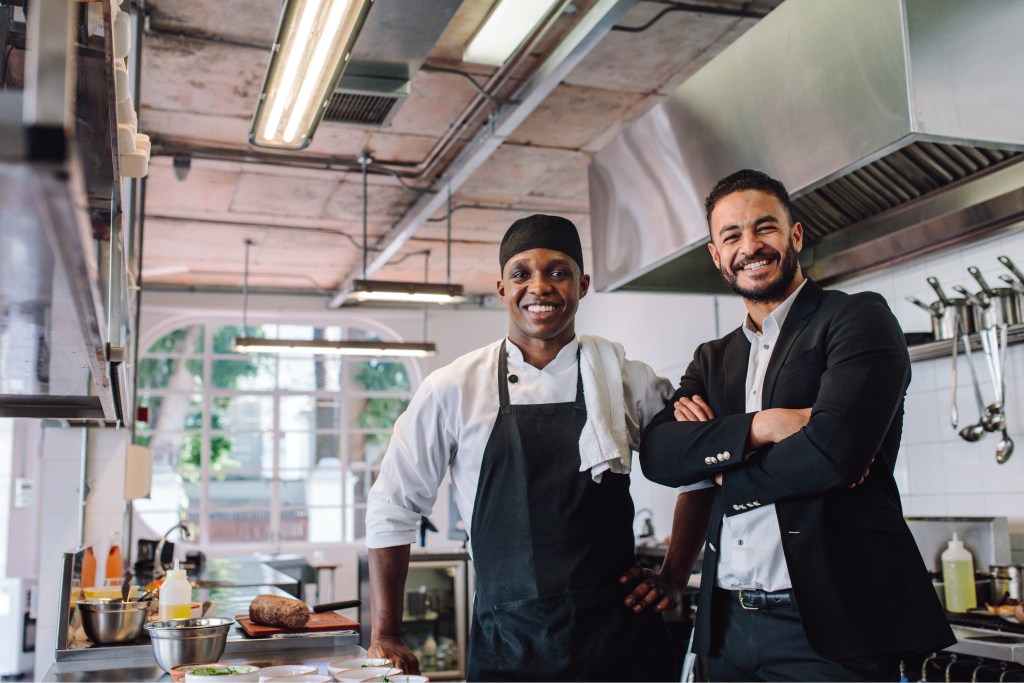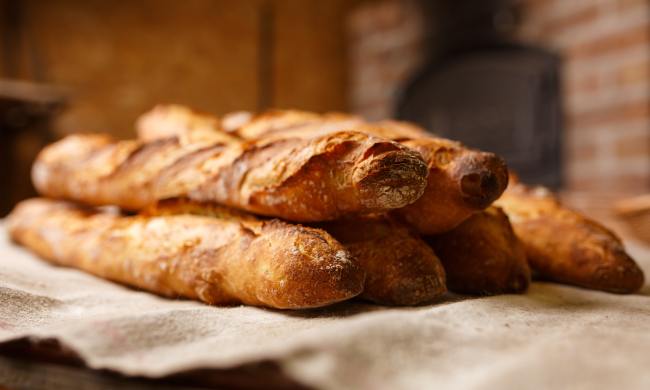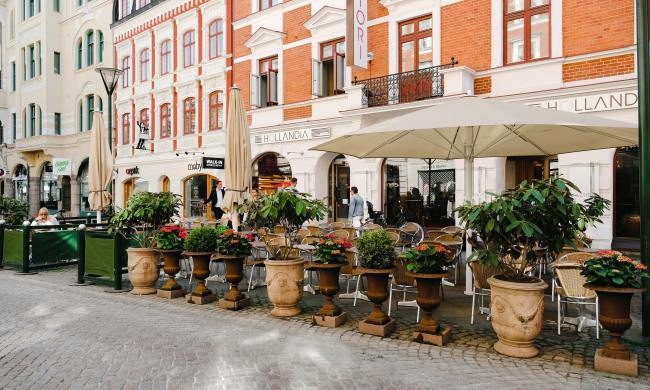Restaurants are places where you can have a fantastic meal with your family, friends, or on your own. They are also places where entrepreneurs come together and create something incredible. A restaurant success story could be about someone who started their business from scratch or someone who turned around a struggling establishment.
Restaurant success stories are also about people becoming their own bosses, creating the work schedule, and taking their time back. For some restaurant owners, this dream has become a reality.
Many feel one of the most rewarding things in life is to see someone succeed at what they love doing! In this article, we will share five inspiring stories from different restaurants that have succeeded in a competitive industry.

There’s nothing wrong with tradition
Back in 2014, Chef Andres Avayu wrote a guest post on the cforas.com blog about the success he was seeing with his new restaurant. Owner of Piccolo Ristorante, Andres opened his restaurant in Yonkers, New York. When he opened it, he wanted it to be small, Italian, and he wanted to incorporate several Mediterranean elements. It would offer a casual dining experience with wine, conversation, and good company in a pleasant and relaxed setting.
One of Andres’ secrets to success was a commitment to prepare delicious food and keeping true to orthodox cooking techniques. Sticking to the methods he learned in culinary school worked well for him. While there are trends to explore and try new and exciting things, Andres believed there was still a need for authentic, conventional flavors. That’s why he chose traditional Italian and Mediterranean dishes.
As for opening the restaurant, Andres went to work with his wife and brother-in-law and set a goal to open in time for the tourist season. Even though technology has made it easier to advertise and get the word out about new places to eat, Andres feels that word of mouth is still the best way to go.
Offering a glass of wine or dessert free of charge was a success for his restaurant, which saw new customers coming in and becoming regulars. Today, much of the business continues to run smoothly, and Andres feels that in addition to his commitment to traditional foods and styles of cooking, maintaining his love and enthusiasm for the restaurant business has been key to the success of Piccolo Ristorante.
Thousands more through loyalty programs
The restaurant industry is a tough market. In order to stay relevant and profitable, restaurants need to be creative about how they increase revenue, and loyalty programs are one way that many have found success. For example, in a case study by Boelter Blue, Matty’s Bar saw $9,000 in new monthly revenue from its loyalty program. The increase in income was due to 1,300 customers who used an app to check-in and earn rewards.
Through a loyalty app, Matty’s Bar was able to:
- Allow customers to use unique check-ins loyalty cards to generate $9,000+ monthly revenue.
- Track promotions, including birthday and first-time guest redemptions.
- Provide a consistent customer experience on their website and app.
Recognizing customer demand
Recognizing customer demand is a crucial first step in every restaurant’s success story. As customers become more educated about food and restaurants through the ability to do research at their fingertips (phones/tablets), they can make wiser decisions based on what works best for them, which directly impacts your bottom line.
Think about it. As the largest consumer group shifts, so too are their needs. Customers expect fast service and healthier food, as well as transparent ingredient labels. Ranked the most profitable fast-casual restaurant at $4.8 billion in annual US sales, Panera attributes its success to a healthier menu change. They recognized the need to eat healthier and removed all additives from their recipes.
Optimizing price structure
When optimizing your pricing structure, you can consider bundled products or multiple menu items that work together as one single item at a reduced cost. Take McDonald’s and their meal bundles: “Extra value meals” promote family packages with larger servings at lower costs. This strategy helped them increase sales and won them incredible goodwill among their customers.
Then there’s Qdoba, which said that a significant reason for its success was the switch to all-inclusive pricing instead of a la carte pricing. This pricing model helped them stand out from their competitors and led to a successful customer advocacy campaign called #FreeYourFlavor.

You can be a success story
The examples above clearly show that being successful isn’t just about selling good food. It’s also about how that business interacts with its patrons and community as well. In order to have continued success for both your company and customers, make sure you are always listening to their feedback and adjusting accordingly.
A happy customer will not only keep coming back, but they’ll tell others of their positive experience at your establishment. And remember: even if things don’t go exactly according to plan, there is always room for adaptation so long as you remain open-minded. Good luck with all your future endeavors!


